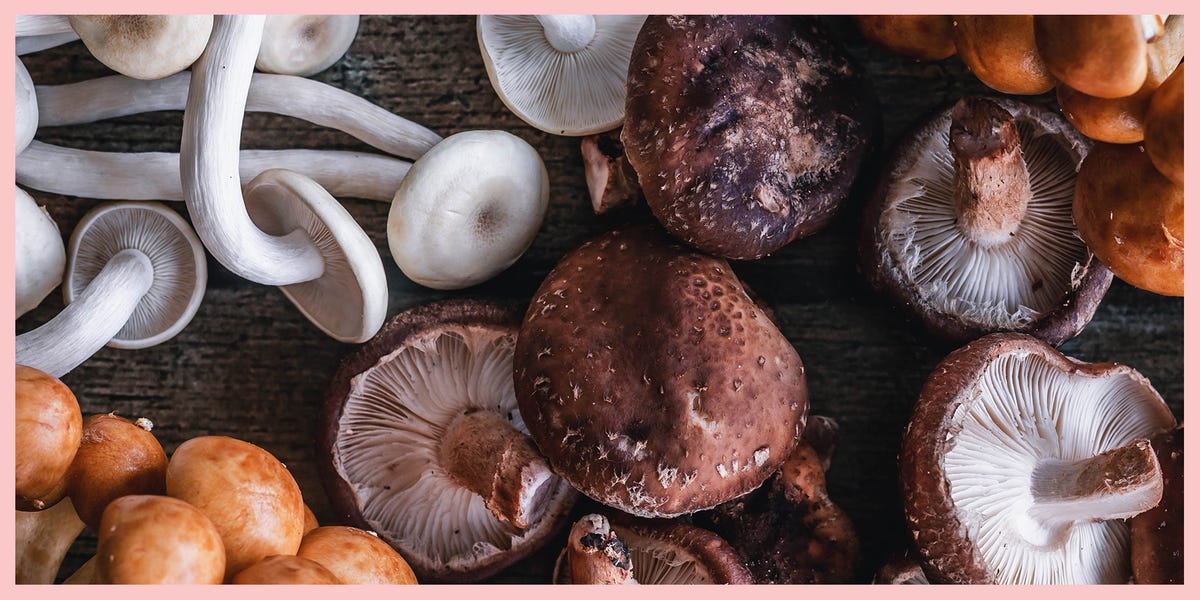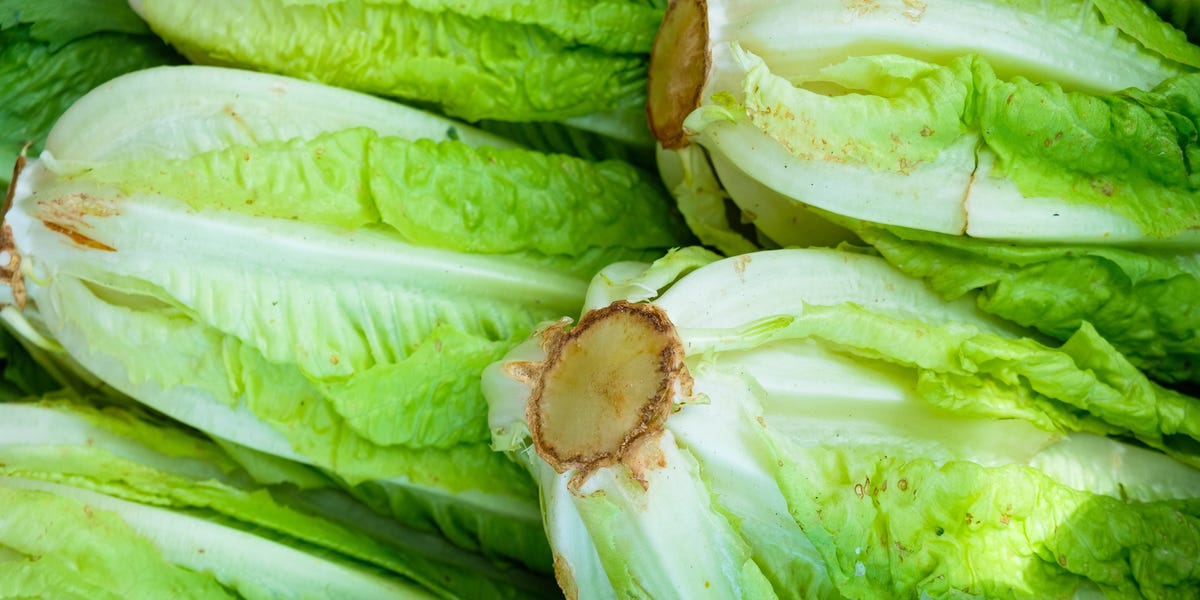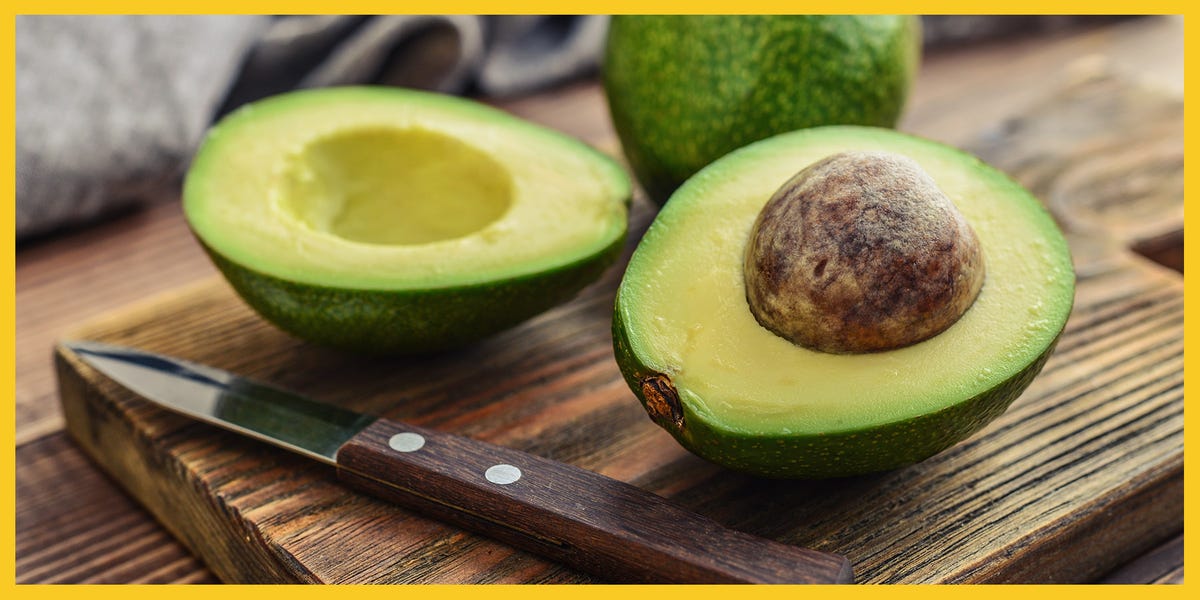If you like to cook, chances are you always have a couple of onions on hand to throw into soups, stews, stir-fries, or the oven with a classic roast chicken. Not all recipes specify what kind of onion you should be using, though, and sometimes I’ve wondered: Is there actually a discernible difference between all these onion varieties beyond their shapes and colors?
Short answer: Yes.
If you love your onions and have always wanted to know which one to buy the next time you’re at the store, we’ll be exploring six varieties of the common onion, Allium cepa: red onion, yellow onion, white onion, Spanish onion, sweet onion, and the shallot.
Red Onions
The most colorful of the bunch, red onions are great when you want to add some visual pop to your plate. We love them in salads and ceviche, as a crunchy garnish on papdi chaat or chili cheese dip, lightly grilled for a veggie kabob, or pickled in a simple vinegar solution (which will brighten them into a jazzy magenta). Once cooked, their deep royal purple hues become very muted, so if color is what you’re going for, avoid heat.
As far as flavor goes, red onions tend to be very juicy but not as exciting in taste as you’d think, especially given its color. When eaten raw, there’s a delayed spicy sensation that hits the mouth only after you swallow your bite.
Yellow Onions
This is the onion I reach for most often, and for good reason: Not only are they often the cheapest variety when bought in bulk, they’re also the most potent. A bite into a raw yellow onion will make your eyes water as the wasabi-like spice travels up your throat and fumes out your nostrils. If you like the pain, keep tasting and you might be rewarded with a vaguely sweet yogurty scent.
I use yellow onions in almost every dish that calls for cooking onions. They’re the perfect candidate for caramelized onions: their spice transforms into sugary sweetness after a long, slow sweat. They’re great baked into bloomin’ onions, stirred into fried rice, slow-cooked into beef stew, or melted into chicken curry: they are truly an all-purpose allium workhorse.
White Onions
Peel back the ethereally ghostly white papery skin and you’ll find the outer layers of the white onion to be brushed with a fresh pop of green. While much milder in punchy spice factor than the yellow onion, white onions have a pleasant flavor arc: eaten raw, they have a sweet and fruity start that gives way to a slightly bitter and astringent hint of spiciness. They have good crunch but are less crisp than the red onion, with a tougher, more fibrous chew.
Their mild but complex flavor can be a good raw addition to burger sauces or cooked down and concentrated into a classic French onion soup. White onions are also frequently used in a lot of Mexican dishes like guacamole, salsa, and huevos rancheros.
If the flavor of any raw onion is too strong for you, you can tame that pungency by slicing or dicing them before soaking in a bowl of cold water for 15 to 30 minutes to displace some of the sulfur compounds.
Spanish Onions
Apart from their comparatively larger size, Spanish onions are visually identical to yellow onions: thick, golden yellow skins giving way to a blush of green and creamy white flesh. Their flavor is milder than the white onion: no detectable spice, no real sweetness, just a barely-there bitterness accompanying the crunch.
If I may be brutally honest, I’m not sure I would go out of my way to buy a Spanish onion, but they do look very nice and photogenic: big, plump, smooth.
Sweet Onions
Available only seasonally, Vidalia from Georgia, Walla Walla from Washington, and Maui from Hawaii are the most popular varieties of sweet onions grown in the U.S. High water content combined with low sulfur content gives these varieties their eponymous sweetness and close to zero spiciness.
These are destined to be enjoyed raw, bitten into like one might a fresh farmer’s market apple: crisp, juicy, and sweet like clear spring water, as friendly and pleasant as they come. Slice some up for a watermelon salad, dress them with a yogurt vinaigrette in a cucumber salad, or just slice them into wedges and use each petal to dip into creamy garlic hummus in lieu of pita chips.
Shallots
Did you know that shallots were classified as a different species from all these other members of Allium cepa until 2010? (It really makes you wonder, who makes all these rules? What makes an onion an onion??)
Smaller than even the smallest onion, with a bronze satiny skin and cool lavender-tinged flesh, shallots are sweet with a tart, spicy caramel curve when eaten raw and wonderfully fragrant when cooked. They do well minced and mixed into vinaigrette sauce, sliced thinly into a pea and bacon salad, toasted with ginger and garlic then simmered into coconut curry chicken, or fried into fragrant shallot chips to use as a topping for anything.
Are They Interchangeable?
To a certain degree, yes, absolutely. They are after all members of the same species—but just like people, different onions possess different qualities. In a pinch, most of the time, substituting a different onion won’t make or break your dish.
Other Onion Relatives
Relatives of the cultivated onion include garlic, scallion, leek, chives, and pearl onions.
Scallions, also known as green onions, are essentially very immature onions that have not had a chance to form a bulb yet. Spring onions are usually young onion plants that are more mature than scallions but are harvested before the bulb has had a chance to mature fully. They usually come attached with a baby bulb at the root end of the green stalks. Scallions are often featured in lots of Korean and Chinese cuisine; my favorite scallion dishes include scallion pancakes, tteokbokki, and pork and shrimp dumplings.
Pearl onions, on the other hand, are a completely different species of alliums known as Allium ampeloprasum, which also encompasses elephant garlic and leeks. They are often found in the freezer aisle, already trimmed and peeled, cute as a button. With a much milder flavor profile, they are much more snackable, and great for adding into roasted veggies, stir-fries, or stews. If you’re ever lucky enough to find them fresh and unfrozen, they are perfect for bloomin’ onion bites.
Onion Storage Tips
Choose onions that look smooth with healthy skins attached with no soft spots. Keep them in a cool, dry place, either in an unsealed brown paper bag or in a basket. Once cut into, peel completely, store in an air-tight container in the refrigerator, and try to use within seven days.









